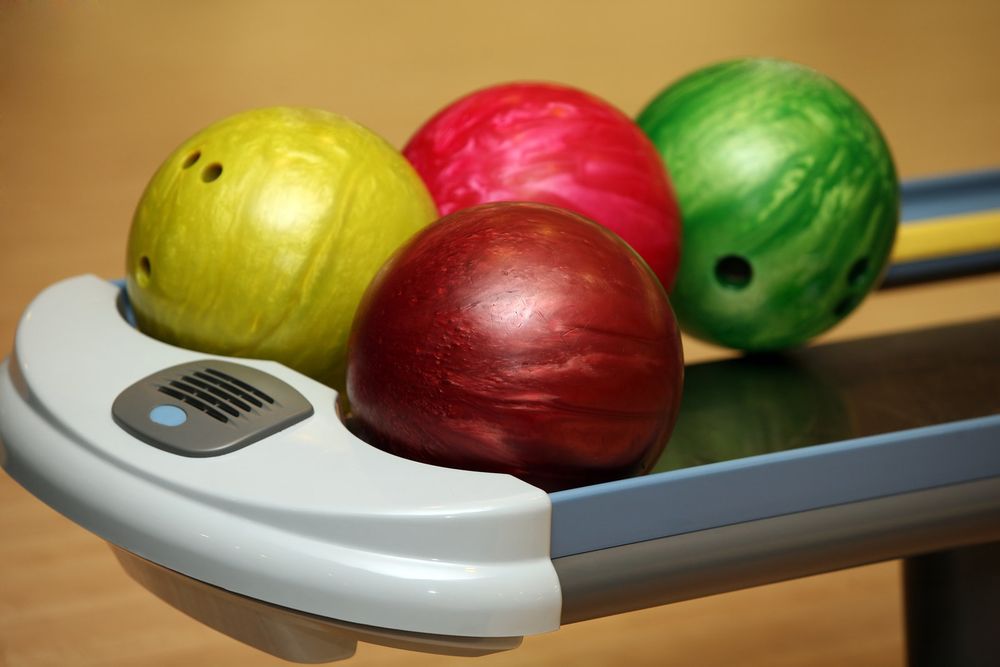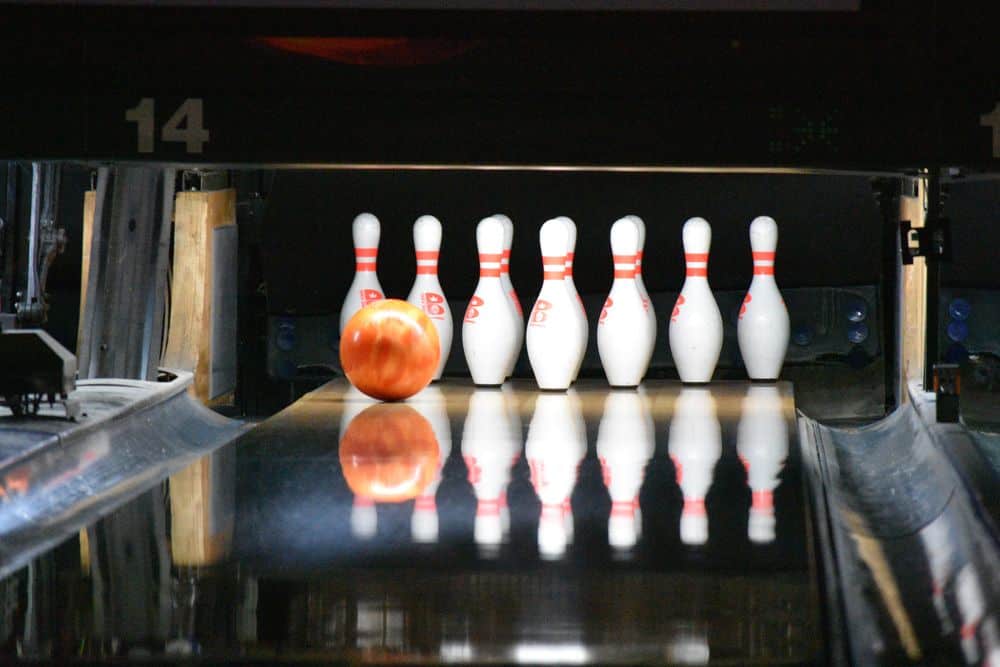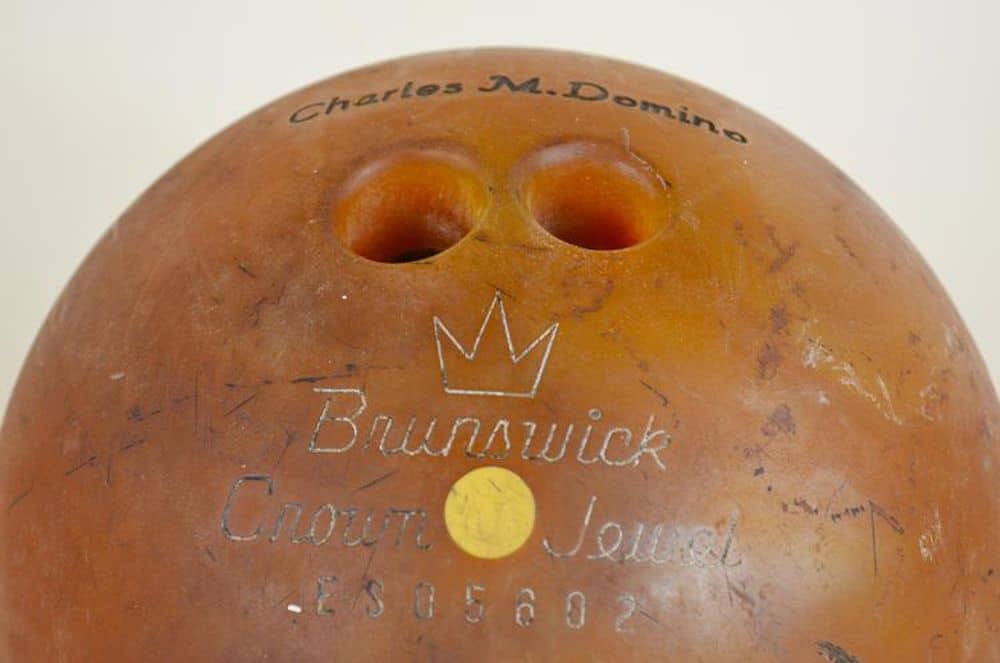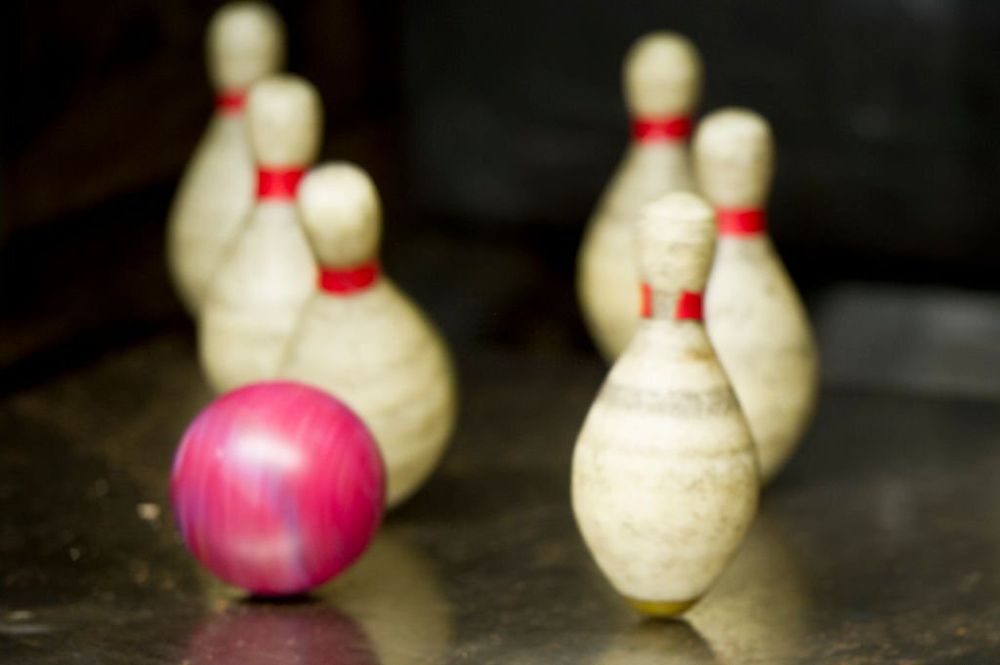Do you ever wonder why some bowlers seem to have a curve on their ball that others don’t? That curve is called ‘flare,’ and it’s a key element in the sport of bowling.
Understanding what flare is and how it works can help you improve your game, whether you’re a beginner or an experienced bowler.
Flare refers to the rotation of the ball as it moves down the lane. When a ball has high flare, it creates more friction with the lane surface, which can result in greater hook potential and increased pin action.
Flare can be influenced by many factors, including ball weight, surface texture, drilling technique, and lane conditions.
In this article, we’ll explore all aspects of flare in bowling so that you can better understand this important aspect of the game.
The Basics of Bowling Ball Rotation
You’ll want to focus on rotating your bowling ball in a way that creates a smooth, curving path towards the pins. This is where understanding axis tilt comes into play.
The axis tilt refers to the angle at which the ball rotates on its vertical axis as it travels down the lane. A higher axis tilt means more side rotation and greater hook potential.
To achieve optimal rotation and hook potential, you’ll need to master release timing. Release timing refers to when you let go of the ball during your delivery.
A late release will create more revs and therefore a stronger hook, while an early release will produce less spin and a straighter trajectory.
Overall, mastering ball rotation is key to achieving consistent results in bowling. By understanding your axis tilt and perfecting your release timing, you can create a powerful curve that hits the pins at just the right angle for maximum impact.
With practice and patience, you can become a skilled bowler capable of executing precision shots time after time without fail.
Measuring Flare: Understanding the Oil Track
To really get a sense of your ball’s movement, you gotta read the oil track like a book and see where it’s been. Measuring flare is all about understanding the oil track left by your bowling ball as it moves down the lane.
This is important for oil pattern analysis, which can help you adjust your ball speed to achieve optimal results. Here are some tips on how to measure flare through understanding the oil track:
- Look for dark lines or marks on the ball’s surface that indicate where it made contact with the lane.
- Observe how far apart these marks are from each other. The wider they are, the more flare your ball has.
- Pay attention to how much of the ball’s surface area is covered in oil. If there is more coverage towards one side than another, this could affect your shot accuracy.
- Consider using a high-speed camera or specialized software to capture and analyze footage of your shots.
By mastering these techniques, you’ll be able to better understand what adjustments need to be made to improve your game. It takes time and practice, but with patience and dedication, you can become an expert at measuring flare and making informed decisions based on what you observe in the oil track.
How Ball Layout Affects Flare
Understanding how your ball is laid out can greatly impact the way it moves down the lane and ultimately affects your overall game. Ball layout is a crucial aspect of bowling as it determines the amount of flare that your ball generates.
The position of the finger holes, weight block, and overall surface area all play a role in determining how much flare your ball will produce. The weight distribution of your ball plays a significant role in determining its flare potential. Generally speaking, heavier balls tend to produce more flare than lighter ones. This is because heavier weights create more friction with the lane, which allows for greater rotation and spin.
On the other hand, lighter balls may not have enough mass to generate sufficient friction with the lane, resulting in less flare. Ball surface also affects how much flare you can generate from your shot. A polished surface will generally result in lower levels of friction compared to a slightly rougher one.
As such, if you’re looking to increase the amount of flare generated by your ball, you may want to consider having it sanded or textured before use. Ultimately though, it’s important to remember that each bowler has their own unique style and preferences when it comes to ball layout – what works best for one person may not necessarily work for another.
Drilling Techniques for Maximum Flare
If you want to get the most out of your ball and make it work for you, it’s crucial to know how drilling techniques can impact your game. The way a ball is drilled can greatly affect its flare potential, which in turn affects its hook potential.
Two key factors that affect flare are pin placement and grip pressure.
When it comes to pin placement, there are two options: high or low. A high pin placement will result in a higher RG (radius of gyration) and a lower differential, which means less flare potential but more stability on the lane. On the other hand, a low pin placement will result in a lower RG and a higher differential, allowing for more flare potential but less stability. Deciding on the right pin placement depends on your style of play and what you’re looking to achieve with your ball.
Grip pressure also plays an important role in maximizing flare potential. If you grip too tightly, you may be restricting the ball’s movement and preventing it from achieving maximum hook potential. Conversely, if your grip is too loose, you may not have enough control over the ball’s motion down the lane. Finding the right balance between these two extremes is key to unlocking maximum flare potential with your drilled ball.
With proper technique and understanding of drilling options available today – such as dual angle layouts – players can find success on any condition they may face!
Using Flare to Your Advantage: Tips for Better Bowling
Get ready to take your game to the next level by utilizing the unique characteristics of your ball’s movement down the lane!
Flare control and adjusting release are two key factors that can help you make the most out of every shot. Flare refers to the amount of rotation or spin on a bowling ball as it travels down the lane. When a ball has high flare potential, it means that it will have a greater degree of hook or curve as it approaches the pins.
This is where adjusting your release comes into play – by tweaking the way you let go of the ball, you can maximize its flare potential and achieve a more powerful shot. To use flare to your advantage, start by experimenting with different release techniques. Try releasing the ball earlier or later than usual, for example, or experiment with different grip pressures.
You may also want to adjust your stance and footwork to accommodate these changes in release. By fine-tuning these elements over time, you’ll be able to develop a consistent approach that maximizes your ball’s flare potential and gives you an edge on the lanes. Keep practicing and experimenting with different techniques until you find what works best for you.
With time and dedication, flare control and adjusted releases will become second nature, helping to elevate your game from good to great!
Conclusion
So now you know what flare is in bowling, and how it can affect your game.
With the right ball layout, drilling techniques, and understanding of oil tracks, you can use flare to your advantage and improve your scoring potential.
Remember to practice regularly and experiment with different ball configurations to find what works best for you.
Whether you’re a beginner or a seasoned bowler, mastering the art of flare can take your game to new heights.
So get out there on the lanes and give it a shot – who knows where your newfound knowledge of flare will take you!









